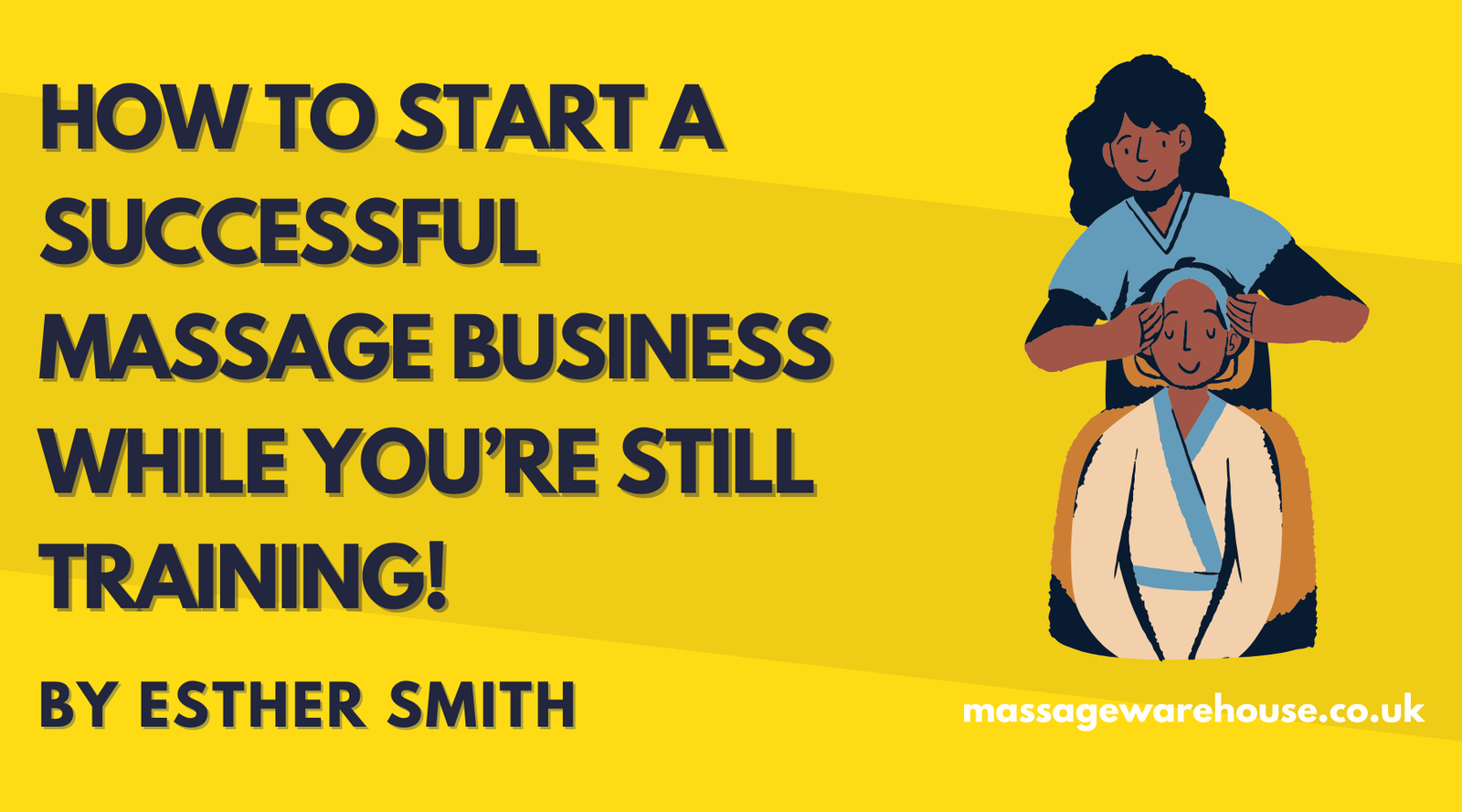Your Cart is Empty
I was spending too much on multiple washes and now I've switched to H2 and its just washing out in 1 easy wash, no overnight soak & all the rest. Really happy with my upgrade
Extremely happy with all aspects of massage warehouse.. have been a customer for a long time !!!
Highly recommended
This protective fitted table covering was exactly what I was looking for and needed. It fit perfectly on my table and went nicely under my softer fitted sheet. What a great way to protect my table and keep it looking and feeling new. Thank you for offering such great products!
I have bought both towelling and brushed cotton face covers over the past few years as my business grew. Clients love the brushed cotton ones the best. I always preferred reuse over landfill so with it being 100% cotton, it was the best sustainable choice for me. This is my 5th order so far and I hope they don’t take it off the shelf in the near future.





